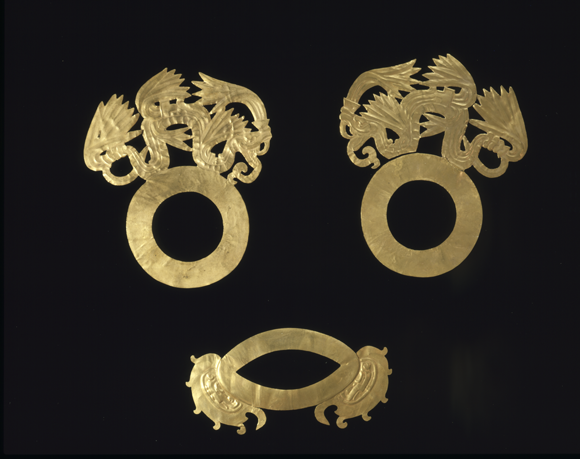
Tula, also known as Tollan, or Place of Reeds, was considered an ancestral place of origin for many of the civilizations of Mexico and the capital city of the Toltec people. The Toltec were revered for their sophisticated culture and artistry—attributes associated with the city’s legendary founder and ruler, Quetzalcoatl, or the Plumed Serpent. Tula became the seat of the cult of Quetzalcoatl, attracting pilgrims from across Mesoamerica and emerging as a dynamic international center between AD 900 and 1200.
Like Tula, the Maya city of Chichen Itza on the Yucatan Peninsula claimed an important relationship to the Plumed Serpent (who was called Kukulcan in Maya), and its art and architecture include numerous depictions of him. For over two centuries, merchants and traders from across the Americas flocked to Tula and Chichen Itza; they brought precious materials, such as greenstone, gold, turquoise, seashell, and feathers, and imported goods, like ceramic vessels, to the city centers.
Image: Face Ornaments, Mexico, Yucatan, Chichén Itzá,, 900–1200, Peabody Museum of Archaeology and Ethnology, Harvard University, photo courtesy of the Peabody Museum of Archaeology and Ethnology, Harvard University